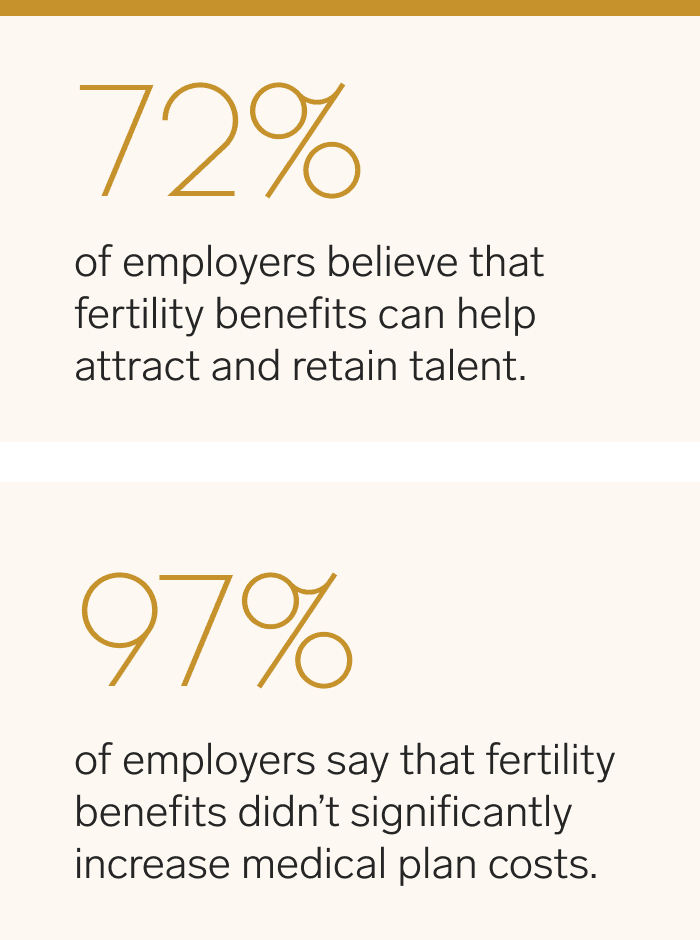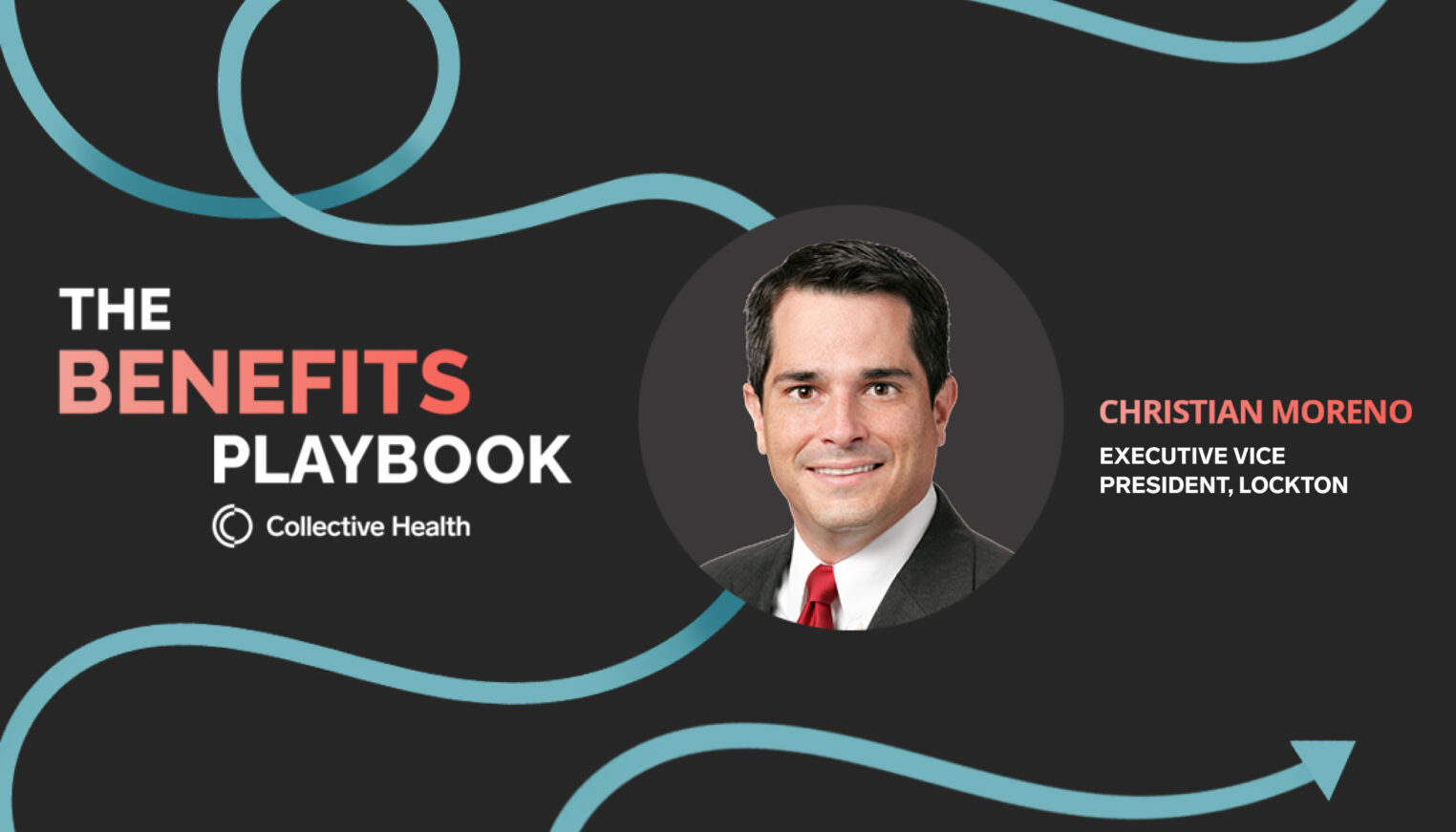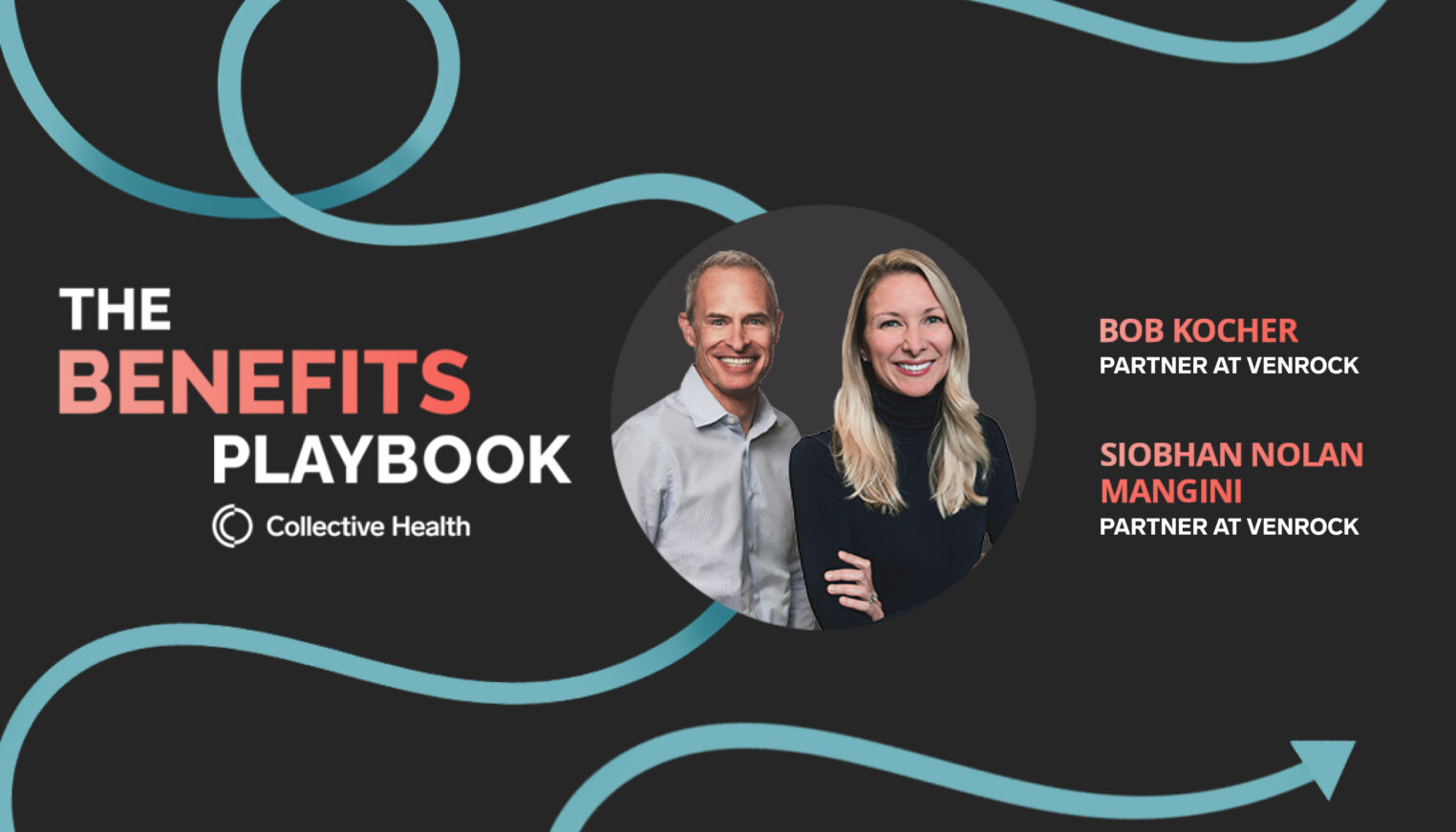By Julie Stadlbauer, EVP of Strategic Sales and Partnerships at Progyny
Most organizations understand that a robust healthcare package is essential for an overall compensation package but many are missing a key component: a family building benefit. Today on the blog, Julie Stadlbauer, EVP of Strategic Sales and Partnerships at Progyny, explains how family-building support employee wellbeing.
What was once a benefit only seen at large tech companies, family building has become a critical part of workforce benefits packages, regardless of industry. As organizations think about adding family building benefits to their healthcare benefits, understanding what the benefit entails and what employees need, what the best family building benefits look like, and the value they can provide is crucial.
Find out more
What are family building benefits?
Family building benefits can range from access to treatments to grow one’s family, such as in-vitro fertilization (IVF), intrauterine insemination (IUI), and genetic testing, or through other paths to parenthood like adoption and surrogacy.
Additionally, an employer can bolster its family building benefits through access to educational resources and mental health support. Family building benefits include much more than just fertility treatment – which is part of the reason why they are beneficial to so many people.
The prevalence of infertility: understanding the need
It is likely that more of your employees than you realize could benefit from family building benefits. According to the CDC, one in eight couples in the U.S. are impacted by infertility when a woman is under 30 years old, and that rises to one in five when they reach the age of 30.
Contrary to popular belief, it is not just women and female-identifying people who are impacted by infertility. In couples dealing with infertility, the cause a third of the time is due to the female, another third is due to the male, and the last third is caused by either unknown factors or a problem affecting both partners. The hardships of infertility are felt widely throughout the U.S., but the troubles of family building are not felt only by those with an official infertility diagnosis.
For example, single parents by choice and LGBTQ+ couples and individuals also need access to these benefits because they will need assisted reproductive technologies or adoption/surrogacy assistance if they want to grow their families. Comprehensive family building benefits can provide people of all genders, sexualities, and backgrounds with the resources to create healthy families.
Like asthma, diabetes, cancer, or any other disease, infertility is not something that can be controlled, and medical coverage should not be optional. It’s a highly complex medical condition that shouldn’t be capped with a dollar maximum benefit. It’s both necessary and beneficial for employers to offer some level of coverage for family building and the best approach is to cover a full episode of care.
Family building in the larger health benefits ecosystem
But despite an obvious need, fertility and family building benefits have long been overlooked within the larger ecosystem of health benefits, previously being thought of as a “nice to have” perk amongst other medical necessities. While the narrative surrounding family building benefits is changing, many employers still claim that they cannot justify the costs of adding a family building benefit to health insurance plans.
Here’s the good news: 97% of employers who provide this coverage say it has not resulted in a significant increase in medical plan costs according to a 2021 RESOLVE and Mercer survey.
72% of employers cite competitive pressure to attract and retain talent as the primary reason to offer fertility benefits.
Supporting an employee throughout their family building journey can also help bring healthier babies into the world, and in turn, can lower future healthcare costs for employers, balancing out medical costs. The reality is people will pursue family building whether coverage for fertility treatment is provided. But, if an employer does not offer a managed benefit, employees might choose less effective and riskier options for family building to try to cut costs.
For example, someone might try transferring more than one embryo or forgoing genetic testing– both of which can lead to poor health outcomes for the mother and baby. The employee might end up with multiples (twins, triplets, etc.), who must spend time in the neonatal intensive care unit, which ultimately leads to higher costs incurred to the employer, and potentially even more time away from work for the employee.
But with the right support through a managed fertility benefit like Progyny, employers can help their employees achieve healthier pregnancies and babies and, in turn, create more grateful employees.
What family building benefits can do for your organization
Aside from the clear cost benefits to employees and employers, a managed fertility and family building plan will also provide other unique benefits to your organization. Family building services can promote diversity, equity, and inclusion, giving your employees from all types of backgrounds the opportunity to become parents.

For example, LGBTQ+ couples and single parents can use IVF, sperm and egg donation, adoption, surrogacy, and more to build their families. This demonstrates an organization’s commitment to its diverse workforce. Providing this benefit can also serve as a way for employers to show they truly care about the health and wellness of its female workforce.
In the face of the recent Great Resignation, family building benefits are also a great way to attract and retain top talent. Changes in generations have brought subsequent changes in employee preferences and values. Millennials, now in or entering the workforce, often name family building benefits as one of their top priorities when deciding where to work.
Adding a comprehensive fertility benefit package signals to employees that their company cares and values their wellbeing and makes the employer more competitive in today’s job market. According to a Willis Towers Watson report, 72% of employers cite competitive pressure to attract and retain talent as the primary reason to offer fertility benefits.
When your employees are content and supported through their family building journey, that will shine through in retention, feedback on platforms like Glassdoor, and your organization’s overall culture. All these factors will attract dynamic new talents who are looking to grow with a company as they grow their family.
Family building benefits change lives
Family building benefits are changing lives and helping people bring their dreams of parenthood to life. These benefits are an essential part of an employer’s benefits package. Their availability to employees will not only increase healthy family outcomes but promote DEI and help attract and retain top talents to organizations as well.
Employees are holding employers to a new standard, and that includes a robust benefits package. To ensure diverse employees are supported, take action and read about the necessary next steps to implement a family building benefits package here.
Disclaimer: The views expressed in the article are those of third parties. They do not purport to reflect the opinions or views of Collective Health or its members.



